

For a long time, many people believe that in order to lose weight or get fit, you must consume fewer calories and burn more energy and be in a calorie deficit state for more than two months to see obvious results.
There are many ways to do this, consuming less than 1,500 calories a day, clean and healthy eating habits, and long-term exercise routines, but counting the restricted calories doesn’t tell you anything about how well you are doing and how it should be.
Here, macros are a significantly more important measurement in the fitness world.
What are Macronutrients?
Macronutrients are substances that we require in larger quantities in order to be alive and running daily life errands. Contrastingly, micronutrients (vitamins, minerals, and electrolytes) are compounds that are required in much lower amounts.

Carbohydrates, proteins, and fats are the three basic macronutrients. All three are required by your body daily, regardless of diet plans and the fitness routine you are following. You can gauge its importance from this that cutting out a single macronutrient leaves your health at hazard.
Let’s have a look at each macronutrient and its importance separately.
Carbohydrates
Carbohydrates are the immediate source of energy. Carbohydrates are simple sugars when consumed, it is converted into glucose/simpler sugars. These simpler sugars can then either be stored as glycogen for later use or simply use immediately for energy during exercise and windows between eating.
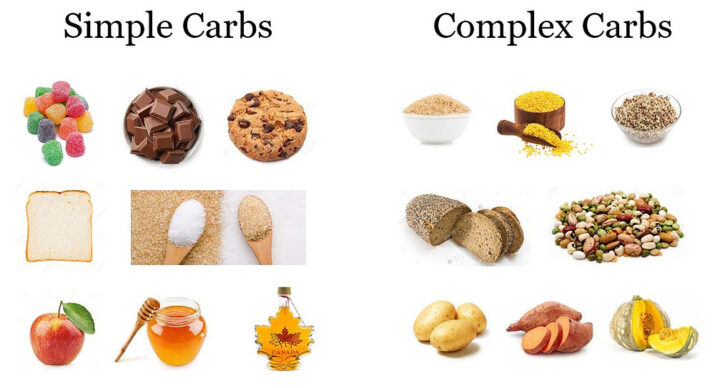
However, there are complex carbohydrates that are rich in dietary fibers and promote digestion. Complex carbs containing foods include starchy vegetables and whole grains.
Protein
Proteins are macronutrients that are required to repair injuries, muscle growth, prevent infections, and several other important functions in the body. Proteins are made up of smaller molecules, amino acids that play a significant role in building many vital structures in the body.
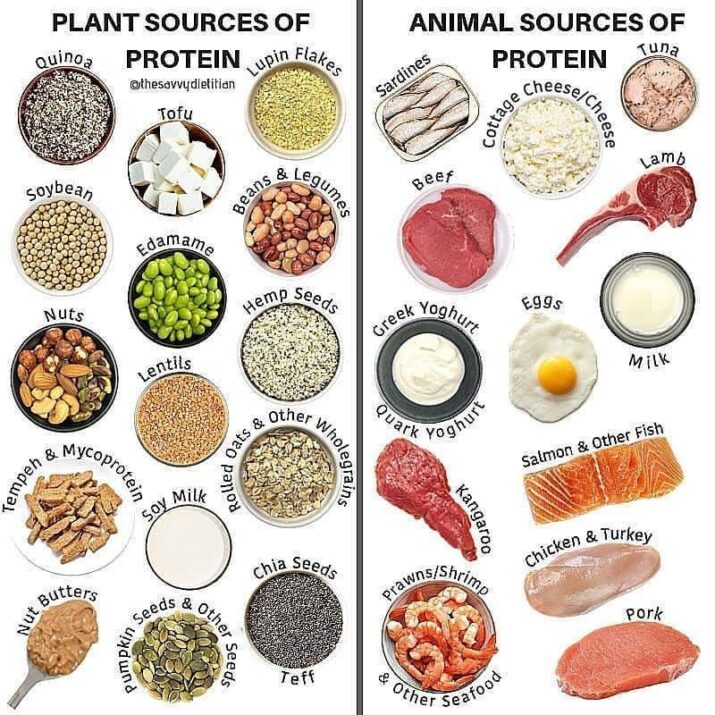
There are 20 different amino acids required by the body, among them nine are those that can’t be produced by the body on their own. You need to get from different food sources.
The high protein sources are chicken, beef, fish, beans, and dairy products. When you are on your fitness journey or doing a plant-based diet, some veggies and starches can be a great source of proteins.
Fats
Other than carbs and proteins, our body systems rely on healthy fats as well. There are types of healthy fats that our body requires no matter what; A, D, E, and K are fat-soluble vitamins that must be absorbed in order to function properly.
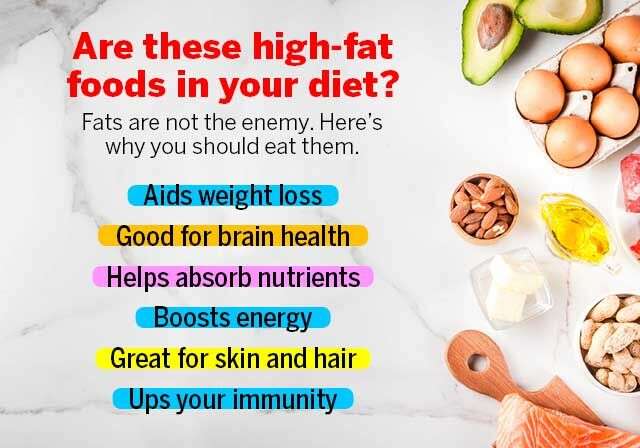
You also need fat to keep your body warmer in cold times and to spend prolonged periods without consuming. As a consequence, dietary fat helps to preserve your internal organs while also promoting cell development and hormonal production in the body.
How to count macros
Keeping track of macro count is not straightforward. Nevertheless, we are mentioning a couple of best steps to follow to begin counting the macro you need daily.
① Count your caloric requirements
Counting calories can help you track macros as well. The food we eat needs to be counted and it may depend on multiple factors:
- The age of a person
- The weight of a person
- The gender
- The lifestyle and eating habits
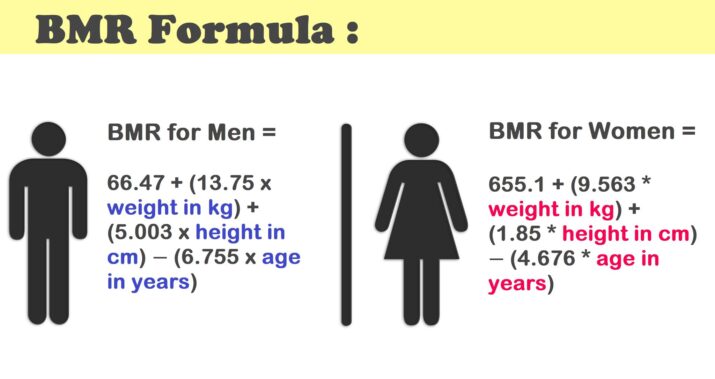
Calories are just a unit of energy assessment. Increasing your calorie intake is necessary to acquire weight. Conversely, if you burn more calories than you ingest, you will lose weight.
To be clear: restricting calorie intake without evaluating what you eat is typically not a long-term solution to the obesity problem. As an example, choosing nutrient-dense foods over nutrient-poor ones will improve your health more.
② Decide on macronutrient percentages
After you have decided the number of calories you require each day, the next important step is to maintain your diet by adding the right amount of healthy macronutrients.
Research shows that the typical percentage of macronutrients is as follows:
- 10–30% as protein
- 25–35% as fat
- 45–65% as carbohydrates
The macro count demonstrates that if a person is taking 2000 calories per day, his meals must be of
- 180–550 calories from protein
- 550–780 calories from fat
- 800–1,200 calories from carbohydrates
People may benefit more from different macronutrient combinations based on their caloric demands, body composition aims, and health concerns.
So, if you’re trying to gain muscle mass, you’ll want to make sure you’re getting enough calories from protein and carbs.
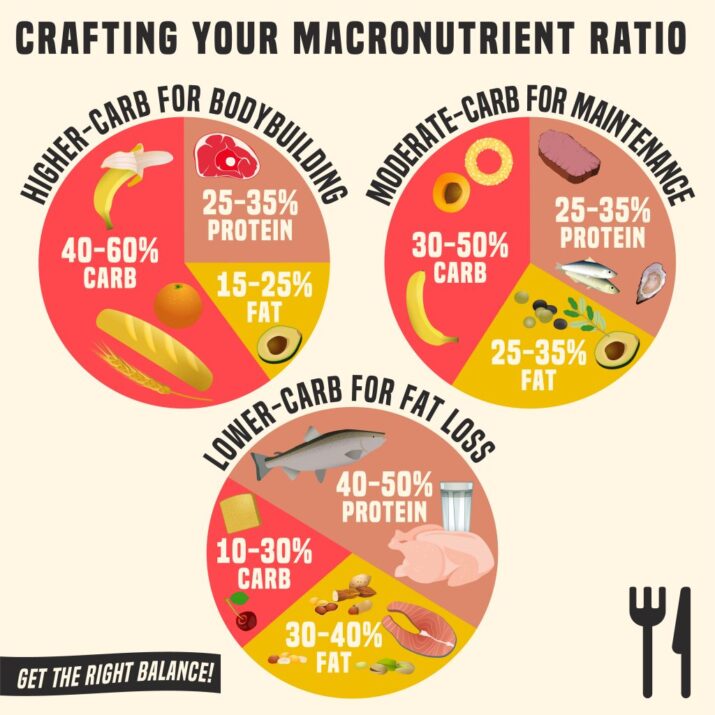
Someone on the ketogenic diet, on the other hand, who wants to lose weight, is more concerned with obtaining their energy from fat and carbs in moderation, while generating a caloric deficit.
③ Track macronutrients
People may find it beneficial to keep track of how many macronutrients they consume.
These values can be tracked in a variety of ways. Some people may choose before to keep a food journal, where they record what they eat and their nutritional ratios.
Another bunch of folks might want to employ an app that keeps tabs on all of the above data for them.
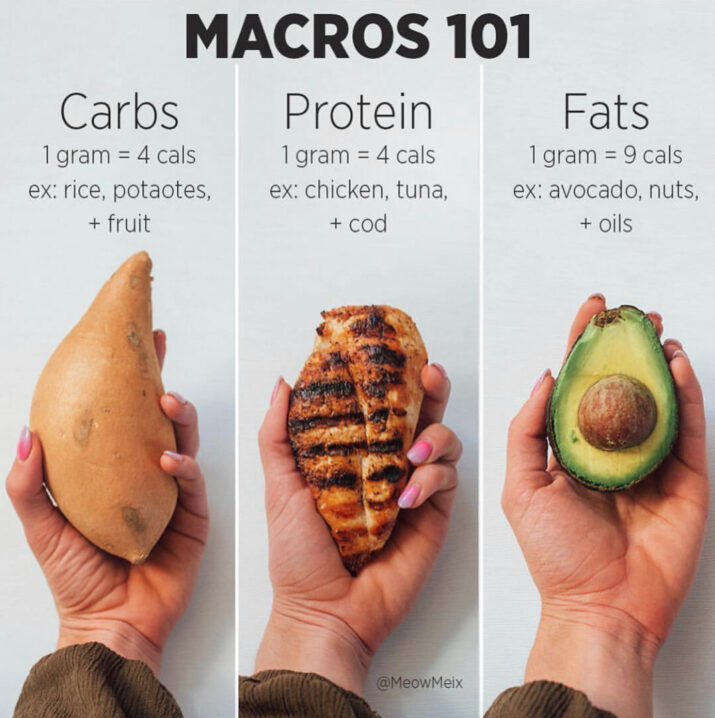
If you’d want to calculate your macronutrient intake in real-time, you may use this free macronutrient calculator. This macronutrient calculator, as a whole, addresses your health and dietary needs without spending your money as it is free to use.
Why tracking macros is more important than counting calories?
It is a common thing that everyone knows that by only generating a calorie deficit can you lose weight, but there’s more to being healthy and losing weight than just counting calories.
It’s best to keep track of your micronutrients. By becoming more conscious of what you eat, also encourages a healthier and more balanced diet. In addition, the IIFYM diet’s flexibility allows you to eat whatever you want as long as it meets your macro percentage. And it’s a lot simpler to keep with it to maintain your healthy lifestyle!
The bottom line
First-time macro trackers might easily become overwhelmed. however, it is the best way to make it possible to speed up the procedure by following the above-mentioned steps.
Moreover, prior to calculating macros, you should decide on your calorie target and the ideal macronutrient range for carbohydrates, protein, and fat.
In the next step, keep track of your food consumption and try to remain inside your macros by eating a diet rich in fresh produce as well as healthy fats, complex carbohydrates, and protein sources. Counting macros will become part of the routine for you before you realize it.


